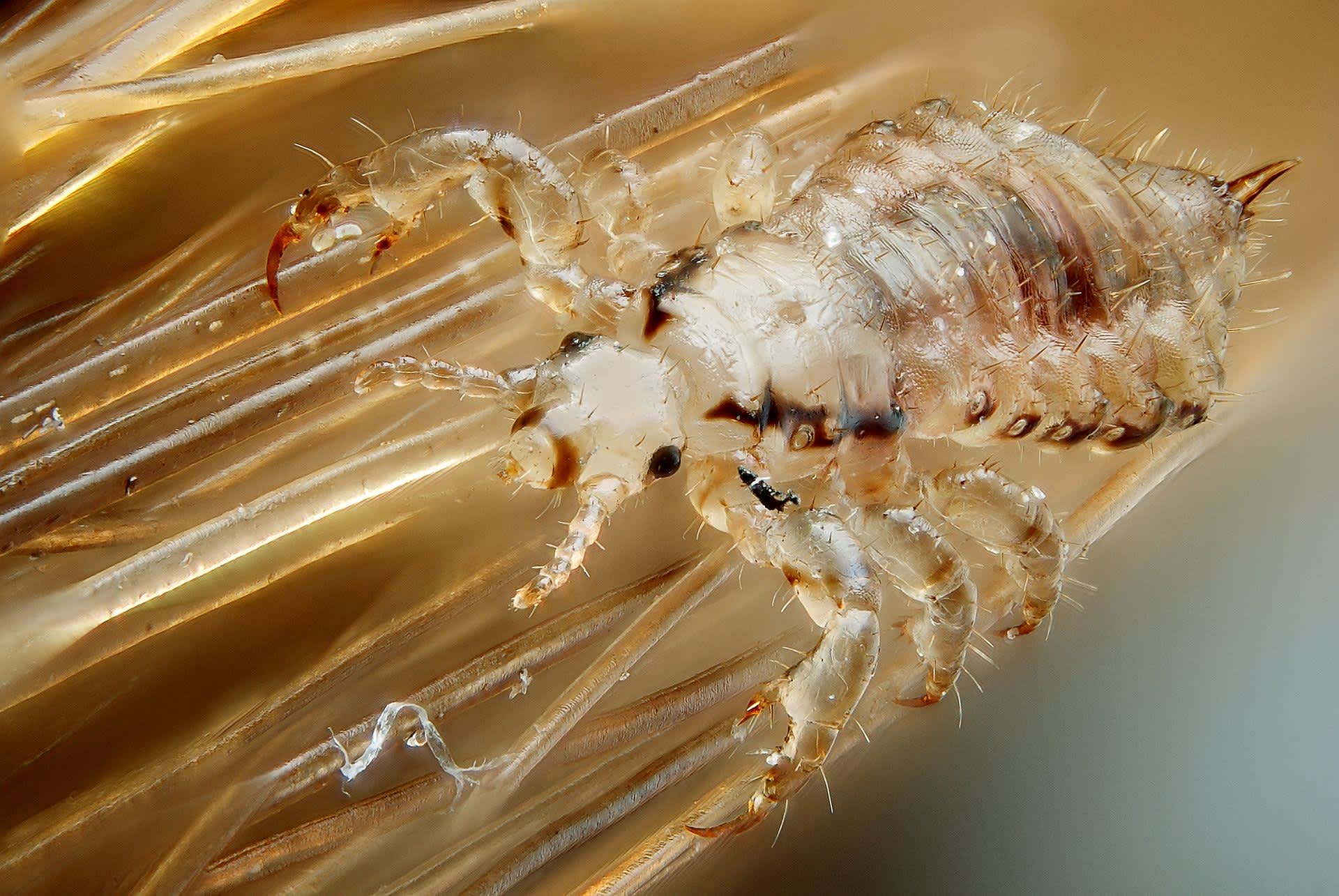First Case of Exotic Chewing Lice Found in Colorado Deer
OutdoorHub Reporters 03.26.15

On Wednesday Colorado Parks and Wildlife (CPW) confirmed that a young mule deer found east of Denver was infested with exotic chewing lice, a species similar to the lice that is responsible for the widespread deer “hair loss syndrome” found in other states. The affected male fawn was put down by a wildlife officer after it was found by a local rancher. Wildlife officials described the animal as “being in poor body condition and struggling to survive.”
Laboratory results confirmed the species of lice as Bovicola tibialis on March 19. Biologists believe that the lice may be linked to the Eurasian louse that has been affecting deer in Washington, which causes hypersenstivity in American deer and could lead to excessive grooming, hair loss, and ultimately death. According to Washington officials, the lice first cropped up sometime in the mid 1990s and has grown to be a significanct factor of mortality for blacktail deer. Since the lice appeared, officials estimated that isolated deer populations in Yakima and Kittitas counties have declined by at least half.
Colorado biologists say they are treating the matter seriously.
“CPW is examining deer in Colorado to determine the extent of the disease and possible effects on deer,” the agency stated. “Anyone who observes sick wildlife is always encouraged to report it to CPW.”
Elk and other animals are also known to be affected by the lice, but so far have not developed hair loss resulting from infestation. Whitetail deer and mule deer in Washington have also not been exposed to the lice, but as the case in Colorado suggest, may also be negatively affected by the louse.
“Area ranchers and landowners need not be alarmed by this new strain of lice,” said Dr. Karen Fox, CPW wildlife pathologist. “It is not transmissible to humans or domestic animals. Only deer are affected.”

